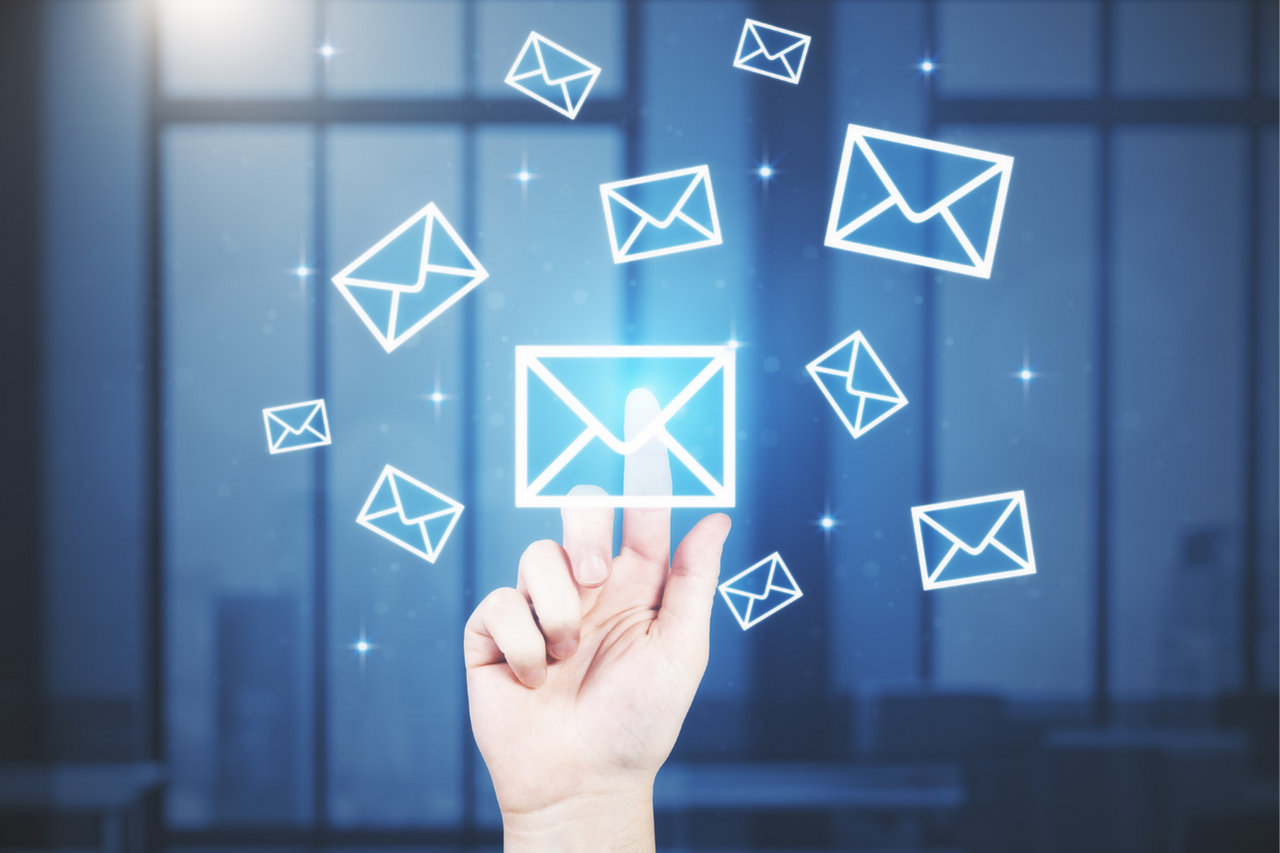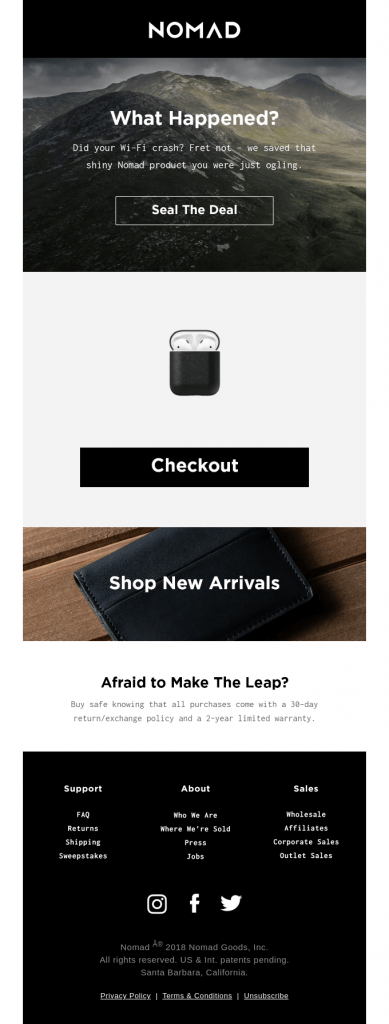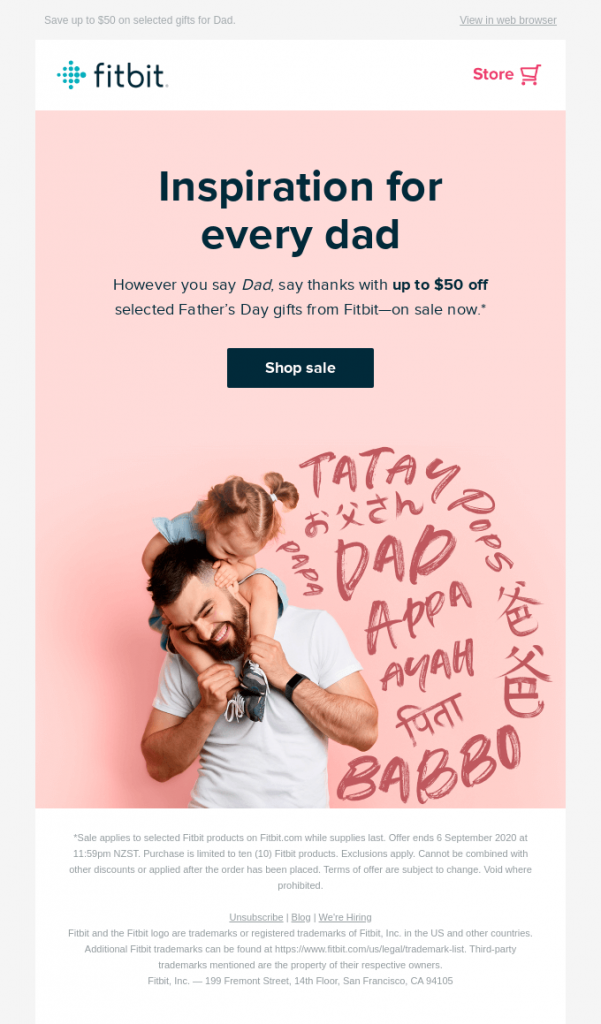How to Utilize Email Marketing to Spend Less on PPC Advertising

If you are running PPC ads right now, you know that prices are sky-high. The pandemic pushed more businesses online and the competition appears to be here to stay, with some sources projecting that PPC rates will raise 20-40% this year as demand continues to increase and supply stays the same.
Organic reach is primarily a thing of the past. To compete online, you have to pay to play, ie pay to drive traffic to your website (unless you are an SEO ninja, which is another post for another day). And on platforms where there are numerous companies competing for the same customer, you’re going to pay a lot. During Q4, PPC costs are even higher, with a typical increase of 100-200%.
Let’s dive into how you can reduce (or keep constant) your e-commerce ad spend and still continue to grow.
When PPC costs are high, customer acquisition costs are high. If your AOV (average order value) and CLV (customer lifetime value) don’t increase as well, you’re making less money per customer.
While you can tweak your ad creative, using another channel can be less expensive, lower your acquisition costs, and increase your CLV. The channel? Email marketing.
Decreasing Customer Acquisition Cost with Email Marketing
Let’s consider how you most e-commerce businesses use social media and ads to gain customers. They use it as the sole customer acquisition channel for their company and continue to dump money into ads to continue to make sales. This is risky for a few reasons.
1) You can’t stop if you don’t have another way to reach your audience.
2) You could lose access to your audience overnight – You don’t own access to your social media fans.
Now, let’s think about social media and paid advertising differently. Social media and advertisements are your brand’s attention grabbers and are at the awareness stage of your customer journey. Email marketing is what takes people from casual interest to being a customer to becoming a raving fan. Ads are like dating, email is where people say, YES!
The benefits of email marketing are:
You own your customer base. If you don’t own your customer base, you’re going to have to pay to be in front of them forever. Once you have built your email list, you own it, and you forever have direct access to an app on your customer’s phone that they check multiple times a day.
If you don’t own your customer base, you’re going to have to pay to be in front of them forever.
The ROI is insane. The average ROI for each dollar spent on email marketing is $42. Whereas, the average ROI of each dollar spent on PPC is $2.
Email can hit all 3 ecommerce growth multipliers: new customer growth, increase purchase frequency, and increase the Average Order Value.
How to Use Email Marketing to Increase the Effectiveness of Your Advertising Strategy.
Use the right platform:
There are email marketing platforms that are designed to complete one function, send emails, and then there are email marketing platforms that are designed to help ecommerce companies make money. Just in case it needs to be said — you want the latter. Klaviyo and Drip both help you easily set up automations, see how emails are performing, and see customer data.
Collect emails:
You need a list to market to. You can capture emails from website visitors in the following ways:
Pop-ups – Pop-ups can be time-based, on the homepage, or exit intent. E-commerce brands typically encourage customers to sign up with discounts, free products, free shipping, or notifications when new products drops. The key here is to see how the popup looks on both mobile and on a computer. Can they easily close the popup? The fastest way to get a customer to bounce from your site is to have a popup that ruins the user experience or can’t be closed.
Quizzes – Quizzes allow you to learn more about your customer, gather first-party data, and email address all at the same time.
Static forms – think through the narrative of capturing an email address, if a customer lands on your site, closes the pop-up, closes the quiz, and looks around before deciding to give you their email address, is there a place for them to do so? Most people are going to look to the header or footer of your website for an email form. Make sure you have a static form that’s easy to find, even if you have popups and quizzes.
Identity Resolution – For customers who miss your form, identity resolution software can provide you with their email address, so they can be retargeted with email marketing.
Checkout Abandonment – For ecommerce, this is an essential opt-in. Website visitors who abandon their carts mid-purchase have usually given you their email address, allowing you to retarget with automations, nurture the customer further, and stay top of mind until they are ready to purchase.
Set-up Email Automations:
Email automations have different names in different platforms. But whether your Email Marketing Platform Calls them a flow, drip, or automations, they all are emails triggered by user behavior. If you are only using your platform to blast one off emails or sales campaigns, you are missing out on the true power of email marketing.
The foundational automations you need are:
Welcome Emails – You drive traffic to your site with ads and captured their email address, welcome emails introduce visitors to your brand and nurture them. They also generate 320% more revenue than other promotional emails (insert link to campaign monitor). Welcome Email automations for ecommerce are typically 2-7 emails over a short period of time. If you can create 7 high value emails send them, if you are struggling with content send a smaller amount. Value is more important than quantity.
The ultimate goal is to convert the visitor to a buyer. You’ll want to introduce yourself/your products and provide helpful information and resources. Focus on value first and discounts second. A good balance is 3:1 value to sales. Unless you offered a discount on your email form, don’t provide it right away: focus on making people feel like they’re home and have come to the right place.

Abandon Cart Emails – Abandon Cart emails are huge revenue generators. These website visitors were so close to purchasing, simply reminding them of their intent to purchase will generate sales. These emails should be unique to the purchaser and include the items that they added to their cart. Email marketing platforms designed specifically for ecommerce will allow you to easily do this with templates that include a dynamic block to display the products they were interested in.

Browse Abandonment Emails – We did a deep dive into browse abandonment emails here. But essentially these are emails triggered when a website visitor looks at a specific product, category, or performs a search but doesn’t add anything to their cart. When they bounce from your website, the automation is triggered. Your website needs to know who the visitor is to trigger these automations, though. If they have visited before and entered an email address, you can trigger an automation. If they haven’t visited before, you can identify the visitor with identity resolution software.

Bounce Back – A bounce back automation can be triggered directly after a website visitor makes a purchase. This combats one-time buyers. If your acquisition costs are high and AOV is low, one-time buyers may not be profitable. A bounce back email has the goal of getting the customer back to your site as soon as possible to make another purchase. The email should feature a product that isn’t a huge commitment, stick to an item that is a small percentage of your AOV and may even be considered an impulse buy.
Utilize Email Campaigns:
Email Campaigns, unlike automations, are one off emails or series of emails that are sent to your entire list or a specific segment of your list. Email campaigns are used to:
- Announce new products
- Let your list know about a sale.
- Valuable information, tips, and tricks related to your product offerings.

You don’t have to choose between automations and campaigns. You can send both and each will increase sales in a different manner.
Automations are designed to introduce new visitors to your brand and guide them towards making a purchase.
Campaigns are designed to keep you top of mind with customers, maintain a relationship, and build loyalty.
Both will help you spend less on ppc advertising.
Which is the key point of this article. Use PPC to grab people’s attention and get their email address. Nurture and build a relationship with them through email marketing, which is more cost-effective, provides a higher ROI and repeat buyers.
The newsletter for marketers who want to make better use of their data.
Sign up for our newsletter to get first-party data marketing tips and strategies, delivered straight to your inbox.
New to RAEK? Sign up to start collecting first-party data on your website visitors. 100% free.
